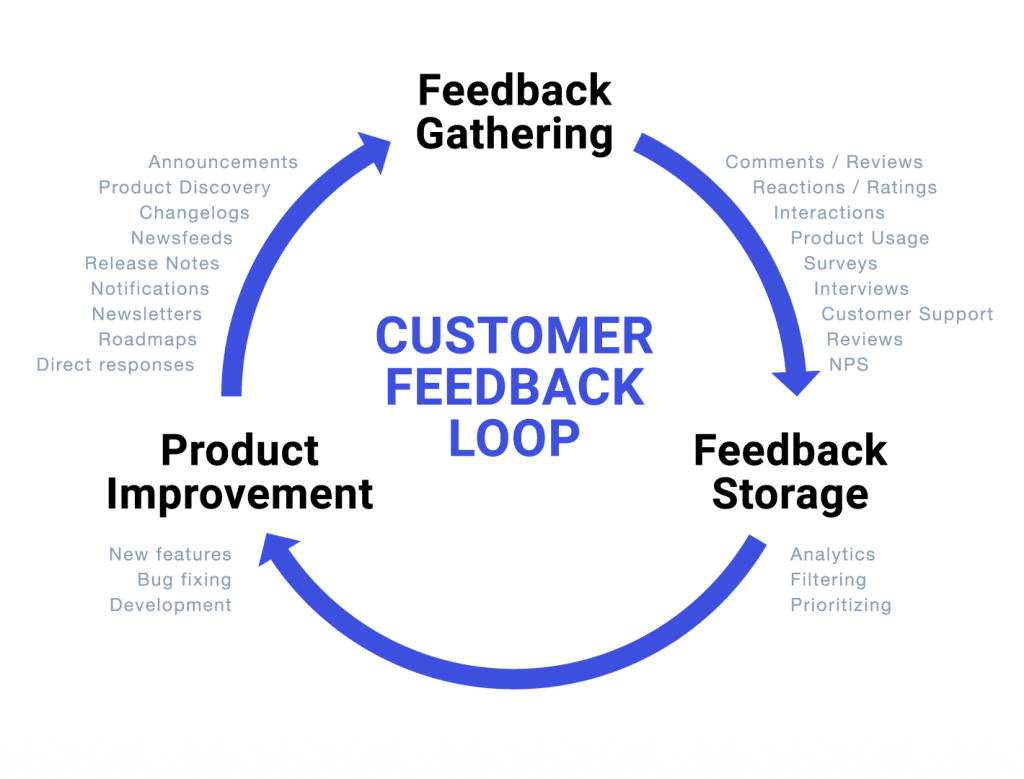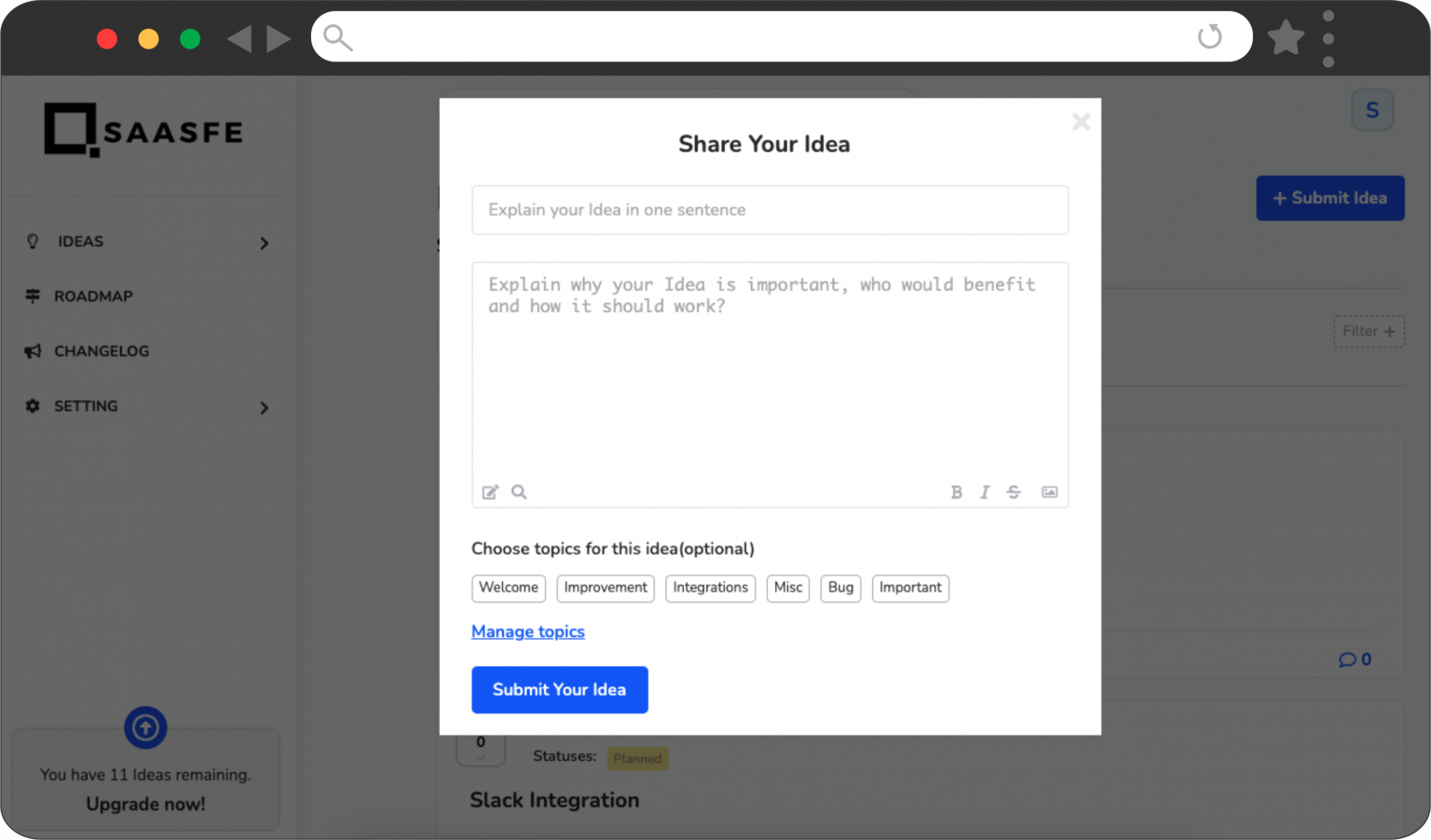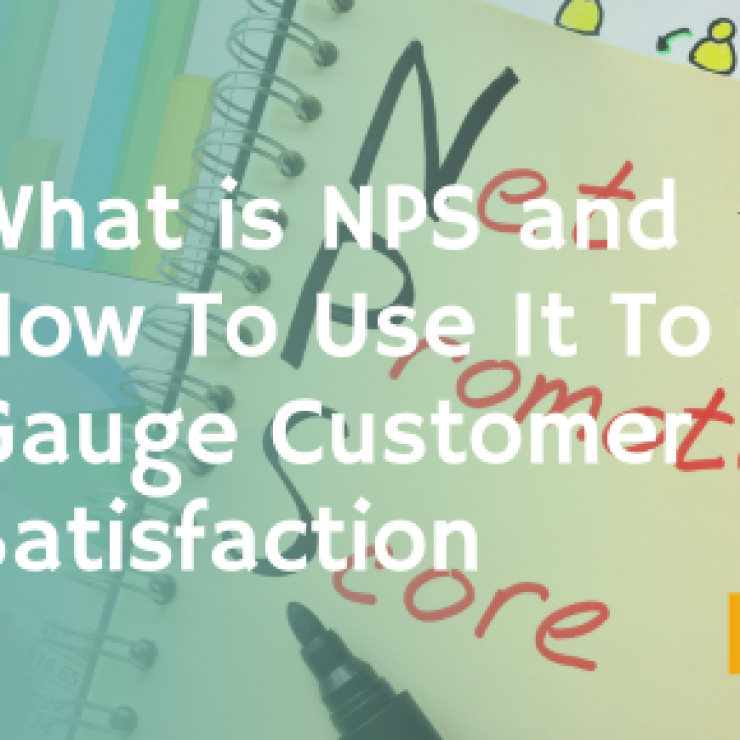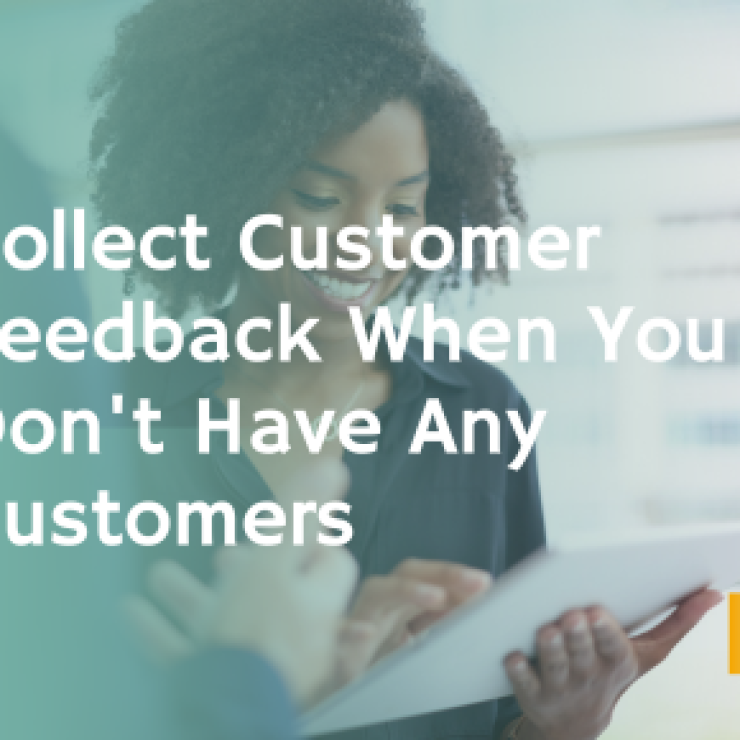Customer feedback is the lifeblood of any business. It is through the invaluable insights that customers provide that businesses can evolve, improve, and grow. But are you aware that there are different types of customer feedback?
Each type serves a unique purpose and together, they form a comprehensive understanding of your customers’ experiences and perceptions.
In this blog post, we will delve into these types of customer feedback, explain how you can collect them, and provide tips for maximizing their value.
Why is Collecting Customer Feedback Important?
In the era of customer-centric business, understanding the voice of the customer is paramount. Collecting customer feedback plays a vital role in enhancing your product, delivering superior service, and fostering customer loyalty. Here’s why it’s crucial:
1. Identifying Improvements:
Feedback from customers can help you uncover areas of your product or service that may need improvement. This can range from usability issues, missing features, to customer support experience.
When you identify these areas and make necessary changes, it not only improves the product or service but also makes your customers feel valued.
2. Understanding Customer Needs:
Collecting feedback helps you gain a deeper understanding of your customers‘ needs and expectations.
By staying tuned to their changing requirements, you can adapt your offerings to meet these needs, thereby increasing customer satisfaction.
3. Improving Customer Retention:
Customer feedback gives you a chance to address individual customer concerns and resolve their issues, which can significantly improve customer retention.
Also, the act of asking for feedback shows customers that you value their opinion, which can strengthen your relationship with them.
4. Making Informed Business Decisions:
Customer feedback can provide valuable insights that guide your business decisions. It can help you prioritize product features, make marketing and sales strategies more effective, and shape the overall direction of your company.
5. Enhancing Customer Experience:
Customer feedback can provide insights into the overall customer experience – the good, the bad, and everything in between.
This allows you to identify patterns, anticipate customer needs, and deliver experiences that exceed customer expectations.
6. Gaining Competitive Advantage:
Understanding your customers’ perceptions and experiences can give you a competitive edge. It can help you differentiate your product, service, or overall customer experience from that of your competitors.
12 Different Types of Customer Feedback
Product Feedback
Description: Product feedback refers to customers’ opinions about your product. It can range from comments about its functionality, ease of use, design, to its effectiveness in solving their problems. This type of feedback can give you a clearer understanding of how your product fits into your customers’ lives and where improvements can be made.

Benefits: Collecting product feedback allows you to understand your customers’ experiences with your product. You’ll learn what works well and what doesn’t, and discover areas that need improvement. It can lead to product modifications that improve user experience and increase customer satisfaction and retention.
How to Collect: You can collect product feedback via Saasfe, feedback forms, social media, user testing, customer interviews, and product reviews.
Feature Requests
Description: Feature requests are suggestions or ideas from your customers about new functionalities or improvements they would like to see in your product. They reflect customers’ desires and expectations and can serve as a valuable resource for product development.

Benefits: Feature requests can provide a direct insight into what your customers need and expect from your product. They can help you prioritize your product development efforts, improve your product, and ensure it evolves in a way that meets your customers’ needs.
How to Collect: You can collect feature requests through adding feature request tool on website or app, user forums, customer support interactions, and direct customer communication channels like email or social media.
Bug Reports
Description: Bug reports are issues reported by your customers about errors, glitches, or problems they encounter while using your product. They can vary in severity from minor inconveniences to major issues that prevent usage of your product.
Benefits: Collecting bug reports is crucial for maintaining the quality and reliability of your product. It helps you identify and fix issues quickly, leading to an improved product quality and better customer experience.
How to Collect: Bug reports can be collected through support tickets, dedicated bug report forms, user forums, or direct communication with customers through email or social media.
Customer Reviews & In-app Ratings
Description: Customer reviews and in-app ratings are evaluations of your product or service provided by your customers, often on a scale (for example, 1 to 5 stars). They reflect customers’ overall satisfaction and experience with your product or service.
Benefits: These reviews and ratings can serve as social proof for potential customers and provide insight into what customers like and dislike about your product. They can also highlight areas for improvement and boost customer satisfaction when you act on the feedback.
How to Collect: Encourage customers to leave reviews and ratings on your website, app, or third-party review sites. Provide easy-to-find and user-friendly review forms or links.
Complaints & Questions
Description: Complaints and questions are the issues and queries that customers have about your product or service. They can range from product issues, billing queries, to complaints about your customer service.
Benefits: Addressing complaints and questions can help you improve your product and service, solve problems, clarify doubts, and maintain a positive relationship with your customers.
How to Collect: Complaints and questions can be collected through customer service channels, social media, customer interviews, surveys, and support tickets.
Praise & Appreciation Posts
Description: Praise and appreciation posts are positive comments and testimonials shared by your customers about your product or service. They often reflect high levels of customer satisfaction and can serve as valuable social proof.
Benefits: Collecting and leveraging this feedback can boost your brand’s reputation, motivate your team, and serve as an effective marketing tool. It can also provide insight into what you’re doing well, so you can keep doing it.
How to Collect: Praise and appreciation posts can be collected from social media, emails from customers, review sites, and testimonials on your website.
Customer Surveys
Description: Customer surveys are questionnaires that you send to your customers to gather feedback. They can cover a range of topics, from product experience, customer service experience, to customer satisfaction.
Benefits: Surveys can provide detailed and structured feedback from your customers. They can help you understand your customers’ needs, preferences, and experiences, leading to informed business decisions and improved customer satisfaction.
How to Collect: You can conduct customer surveys via email, on your website or app, or through social media.
Net Promoter Score (NPS) Surveys
Description: The Net Promoter Score (NPS) is a measure of customer loyalty. NPS surveys ask customers how likely they are to recommend your company to others on a scale of 0-10.
Benefits: NPS can provide a snapshot of customer loyalty and satisfaction. It can help you identify loyal customers (promoters) and dissatisfied customers (detractors), enabling you to take actions to improve customer experience.
How to Collect: NPS surveys can be conducted through email, SMS, on your website or app, or during customer service interactions.
Customer Satisfaction Survey
Description: A customer satisfaction survey is a questionnaire that measures how satisfied customers are with your product or service. It often covers various aspects of the customer experience.
Benefits: These surveys can help you understand your customers’ level of satisfaction and identify areas of your product or service that need improvement. This can lead to actions that improve customer satisfaction and loyalty.
How to Collect: Customer satisfaction surveys can be conducted through email, on your website or app, or during customer service interactions.
Customer Effort Score Feedback
Description: Customer Effort Score (CES) measures the ease of interaction with your company, typically by asking customers to rate how much effort it took to use your product or service or to get an issue resolved.
Benefits: A lower CES typically leads to higher customer loyalty. By identifying points of friction in the customer journey, you can make necessary improvements to make your product or service easier to use.
How to Collect: CES feedback can be gathered via email surveys, on your website or app, or during customer service interactions.
Sales Objections & Feedback
Description: Sales objections are concerns or issues raised by potential customers during the sales process. Sales feedback, on the other hand, is information from customers about their experience with your sales process and team.
Benefits: Addressing sales objections can help you improve your sales strategies and convert more prospects into customers. Sales feedback can provide insights for improving your sales process and team performance.
How to Collect: Sales objections and feedback can be collected during sales interactions, follow-up calls or emails, and post-purchase surveys.
Customer Churn Feedback
Description: Customer churn feedback is information from customers who have decided to stop using your product or service. It often includes reasons for their decision.
Benefits: Understanding why customers churn can help you identify issues and take action to improve customer retention. It provides valuable insights for reducing churn and improving customer loyalty.
How to Collect: You can gather churn feedback via exit surveys, follow-up emails or calls, and through feedback provided during cancellation processes.




